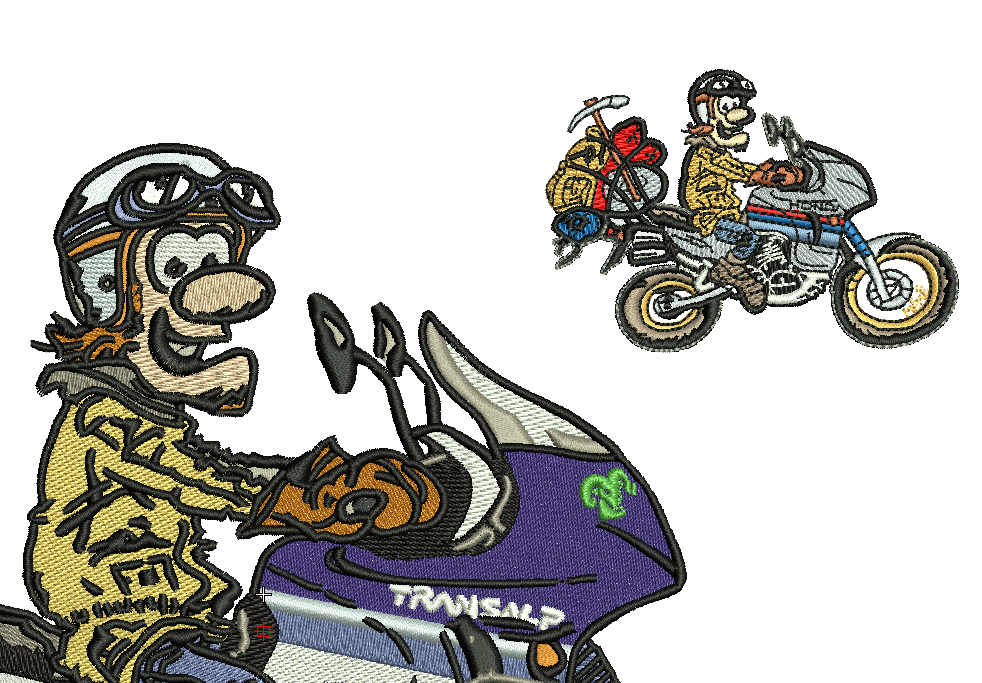A lot of times customers end up wondering why their service provider will charge them extra for a simple task such as resizing their left chest logo into a jacket back and vice-versa. Fact is, that a task that seems as simple as pushing a few buttons and have the program do the rest actually takes up considerable time and effort, since the design is essentially redigitized.
Yes, while any minor changes in size can be adjusted easily, drastic changes such as turning a 10” jacket size artwork into a 4” chest size version will require complete re-digitization due to a number of factors. Here’s a look into the elements that make this seemingly easy task a job best left to the professionals.
Peek-a-Boo – Of Satin Stitches and Fills
One of the first things a seasoned embroidery digitizer will look into is whether the resizing will require the design to be repunched. This means whether the satin stitches will need to be converted into fills or the other way around.
If you’re looking to achieve an enlarged version of an existing design, special attention needs to be paid whether the satin or column stitch is being stretched beyond a certain width. In case the satin stitch is wide enough for a pencil to fit into the open end of the column, this means the machine is making huge movements and that the embroidery will snag eventually. The only solution here would be to change the satin stitch to a fill for such areas.
However, when you’re dealing with the opposite situation, that is shrinking a design, one will have to examine whether the fill areas have become too narrow or small. In such a case, fills will have to be replaced with satin stitches. Moreover, for even smaller areas falling below 1.5mm such as outlines, the satin stitch will have to be replaced by running stitches.
Now You See Me, Now You Don’t – The Detailing
An expert embroidery digitizer will also look into the detailing in the design or logo. The issue with detailing is that what seems finely outlined in a smaller design will look quite plain in its larger version. Another setback to watch out for is whether gaps will start to appear between joints and other areas, which were not visible in the original, compact version. Enlarging the design means magnifying the loopholes and errors as well.
Similar kinks need to be worked out when downsizing a design. Certain details can get too tiny to be visible in the compact version. This becomes extremely important when a customer ends up ordering both the small and enlarged version of their design. What needs to be discussed at this point is whether certain elements of the design should be left out completely, so that the smaller and larger versions come out looking exactly the same.
At Powerstitch.com, we are dedicated to educating our customers regarding the intricacies of what an embroidery digitizer does in order to help them get the best value for their money. With over 8 years of professional expertise, you can count on us for impeccably digitized artwork at the most competitive rates, delivered on time, each time.


